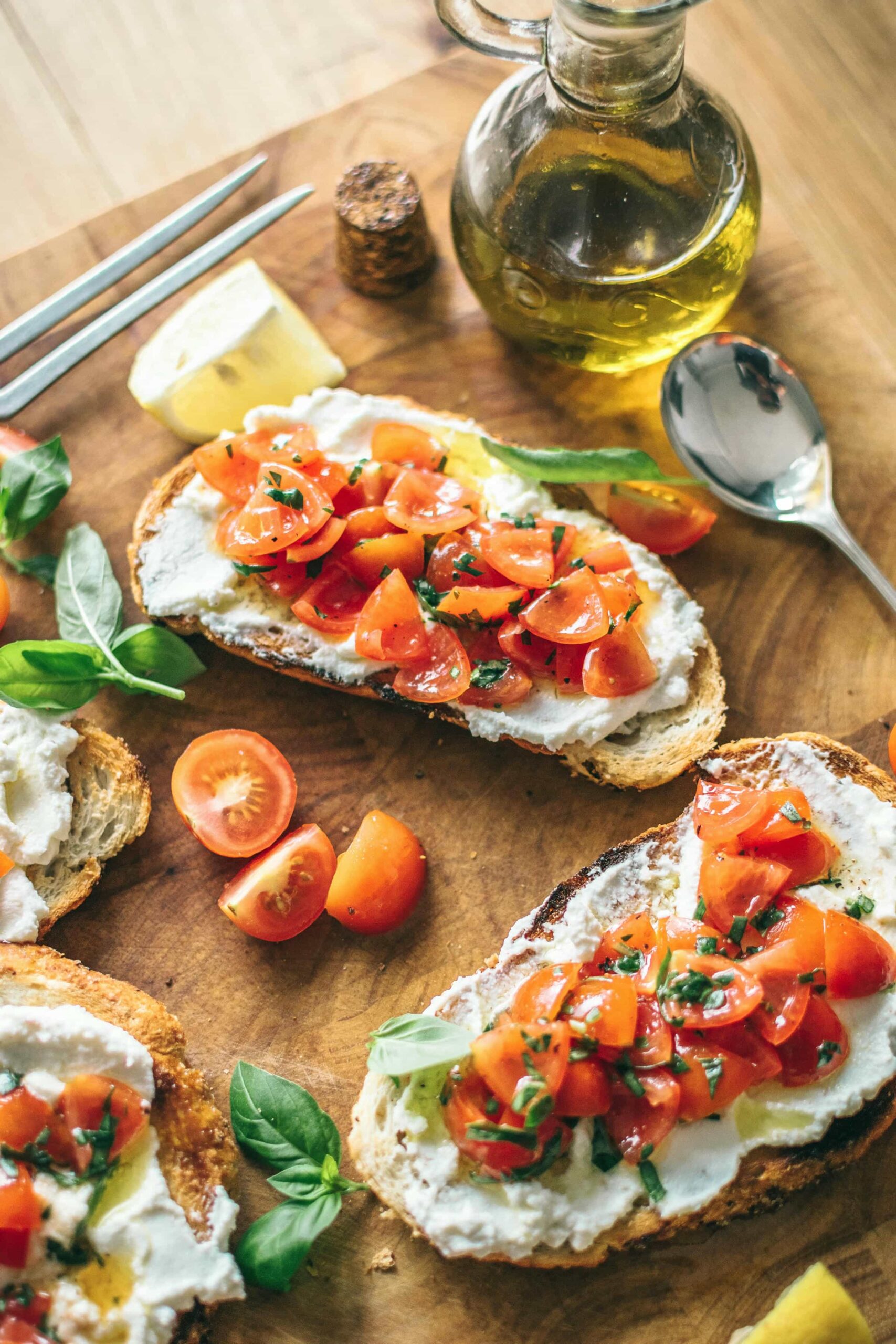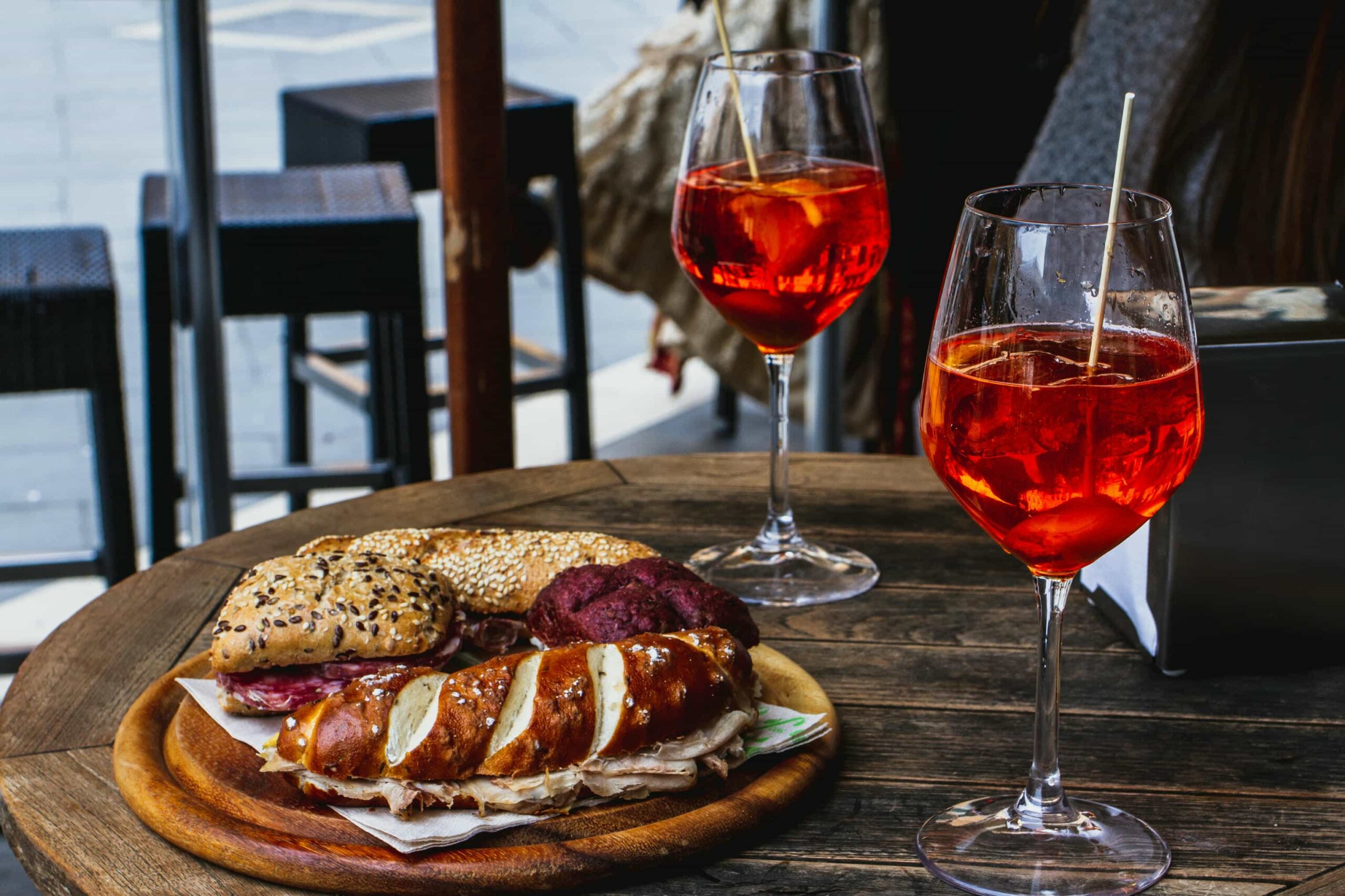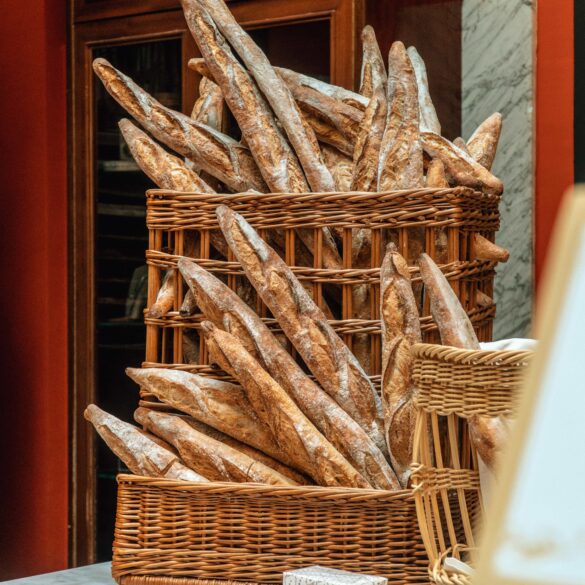Authentic Italian Pizza at Home: Master Traditional Techniques
Last summer, while wandering through a tiny pizzeria in Naples, I watched an elderly pizzaiolo stretch dough with movements so fluid they seemed choreographed. His weathered hands—probably shaped thousands of pizzas over decades—moved with intuitive precision that made me realize something profound: authentic Italian pizza isn’t just food. It’s edible history, cultural identity, and pure artistry rolled into something deceptively simple.
Here’s what struck me most during that trip: every Italian I met had strong opinions about pizza. Not just preferences—passionate, almost defensive perspectives about proper technique, ingredient quality, and regional authenticity. Back home in my kitchen, attempting to recreate those incredible flavors, I discovered why. Creating genuinely exceptional pizza requires understanding both science and soul, tradition and innovation.
Italian Pizza Heritage
Pizza Napoletana received UNESCO Intangible Cultural Heritage status in 2017, recognizing the traditional art of Neapolitan pizzaiolo as culturally significant. The designation protects specific techniques including hand-kneading dough, using only San Marzano tomatoes, and baking at temperatures exceeding 900°F (480°C).
What I’ve learned through countless experiments—some brilliant, others catastrophically burnt—is that home pizza making demands different approaches than commercial operations. We’re working with standard ovens, readily available ingredients, and limited space. But honestly? That’s exactly what makes this journey so rewarding. Every home cook can master authentic techniques with proper guidance and genuine commitment to the craft.
Pizza’s journey from ancient flatbreads to global phenomenon fascinates me endlessly. Archaeological evidence suggests1 that ancient Greeks and Egyptians topped flatbreads with oils and local herbs. However, modern pizza emerged in 18th-century Naples, where working-class families needed affordable, portable meals that could be eaten quickly.
The transformation happened gradually, then suddenly. Tomatoes—initially considered poisonous by wealthy Europeans—became accepted around 1750. By 1889, when pizzaiolo Raffaele Esposito created Pizza Margherita for Queen Margherita of Savoy2, pizza had evolved into the recognizable form we know today. Those three simple ingredients—tomatoes, mozzarella, basil—represented the Italian flag colors while creating perfect flavor harmony.
What really excites me about home pizza making is how accessible authentic techniques have become. Traditional Neapolitan methods, once closely guarded secrets passed down through families, are now available to anyone willing to practice and perfect their craft. Modern home cooks have advantages previous generations couldn’t imagine: precise digital scales, temperature-controlled environments, and access to high-quality ingredients worldwide.
I’ve spent the last five years perfecting home techniques, making mistakes that taught me more than successes ever could. Burnt crusts taught me about oven management. Dense, heavy pizzas showed me fermentation importance. Soggy centers revealed sauce application secrets. Each failure brought deeper understanding of this beautiful, complex craft that appears deceptively simple on the surface.
Essential Ingredients and Equipment Fundamentals
Honestly, I used to think flour was just flour until I started taking pizza seriously. What a revelation that was! The protein content, gluten development, and even the grinding method dramatically impact your final crust. After testing dozens of flour types, I’ve learned that understanding your ingredients isn’t just helpful—it’s absolutely crucial for consistent results.
Flour Selection: The Foundation of Great Pizza
Italian pizzaiolos swear by “00” flour for good reason. This finely milled flour, with protein content around 11-13%, creates that perfect balance of extensibility and strength3. However, I’ve achieved excellent results using quality bread flour when 00 isn’t available. The key is consistency—once you find what works in your kitchen, stick with it until you’ve mastered the technique.
| Flour Type | Protein Content | Best Use | Availability |
|---|---|---|---|
| 00 Flour (Caputo) | 11-13% | Neapolitan style | Specialty stores |
| Bread Flour | 12-14% | American style | Widely available |
| All-Purpose | 10-12% | Thin crust | Everywhere |
Water quality matters more than most people realize. I learned this the hard way when moving apartments—same recipe, completely different results. Chlorine kills yeast activity, while mineral content affects gluten development4. If your tap water tastes strongly of chlorine, use filtered water or let it sit overnight to allow chlorine to evaporate naturally.
Pro Tip: Salt Selection
Sea salt or kosher salt works beautifully, but avoid table salt when possible. The iodine can interfere with yeast activity, and the finer crystals distribute differently throughout the dough. I prefer coarse sea salt dissolved in the water before adding flour—it distributes more evenly this way.
Yeast: The Living Engine
Yeast intimidated me initially. This living organism seemed unpredictable, sometimes producing gorgeous, airy crusts, other times creating dense disappointments. Understanding yeast behavior changed everything. Temperature, time, and feeding (sugar content in flour) all influence fermentation speed and flavor development.
Fresh yeast produces the most complex flavors, but active dry yeast offers convenience and reliability. I keep both on hand now. For weekend projects, fresh yeast creates exceptional results. For weeknight pizzas, active dry yeast provides consistent performance5. The key is adjusting quantities—fresh yeast is roughly three times stronger than active dry.
- Fresh yeast: 25g per kilogram of flour
- Active dry yeast: 8g per kilogram of flour
- Instant yeast: 6g per kilogram of flour
Equipment That Actually Matters
You don’t need a wood-fired oven to make exceptional pizza, though I dream about installing one someday. What you do need is proper equipment used correctly. I’ve made great pizzas with minimal gear and terrible ones with expensive equipment—technique trumps tools every time.
A pizza stone or steel transforms your home oven into something approaching professional capability. I prefer steel for its superior heat retention and transfer properties6. Position it on the oven’s bottom rack and preheat for at least 45 minutes at maximum temperature. This thermal mass provides the intense bottom heat crucial for proper crust development.
Digital scales revolutionized my baking consistency. Measuring by weight eliminates the variables introduced by ingredient settling, humidity, and packing density. Professional bakers measure everything by weight for good reason—it’s simply more accurate and reproducible than volume measurements.

Traditional Techniques and Step-by-Step Process
The moment of truth always arrives when I start stretching dough. After years of practice, I still feel that flutter of anticipation—will this batch have the perfect texture, or will I be patching holes and starting over? What I’ve discovered is that dough stretching is equal parts technique and intuition, something you develop through repetition rather than memorization.
Dough Development: Time is Your Friend
Modern life pushes us toward instant gratification, but authentic pizza dough demands patience. I’ve learned to embrace slow fermentation as the secret weapon that separates exceptional pizza from merely good pizza. The longer fermentation period—24 to 72 hours in the refrigerator—develops complex flavors while making the dough more digestible7.
- Dissolve yeast in lukewarm water (75-80°F) with a pinch of sugar
- Combine flour and salt in a large mixing bowl
- Create a well in the flour mixture and pour in the yeast solution
- Mix until a shaggy dough forms, then knead for 8-10 minutes
- Place in oiled container, cover, and refrigerate for cold fermentation
The kneading process fascinated me once I understood what was actually happening. Those repetitive folding motions develop gluten networks that trap carbon dioxide, creating the airy structure we love in great pizza crust. Under-kneaded dough tears easily and lacks proper texture. Over-kneaded dough becomes tough and dense. Like so many aspects of cooking, it’s about finding that sweet spot through practice.
Seasonal Adjustments
Summer’s heat accelerates fermentation, while winter cold slows it dramatically. I adjust yeast quantities seasonally—reducing amounts in hot weather, increasing slightly when my kitchen stays cool. Temperature awareness prevents over-proofed, alcoholic-tasting dough or under-developed, dense results.
The Art of Dough Stretching
Watching Neapolitan pizzaiolos stretch dough looks like magic—effortless, graceful, almost meditative. Reality check: it took me months to stretch dough without creating Swiss cheese. The secret isn’t strength; it’s patience and proper technique. Room temperature dough stretches infinitely better than cold dough straight from the refrigerator.
I always remove dough portions from the fridge 30-45 minutes before shaping. This allows gluten to relax while the dough warms to workable temperature8. Cold dough fights back, snapping and tearing. Properly tempered dough stretches like silk, almost eager to expand.
| Stretching Method | Difficulty Level | Results | Best For |
|---|---|---|---|
| Hand Stretching | Advanced | Uneven, artisanal | Neapolitan style |
| Rolling Pin | Beginner | Even, thin | Crispy crusts |
| Gravity Stretch | Intermediate | Natural, uniform | Most styles |
Sauce application seems straightforward until you realize how dramatically it affects the final product. Too much sauce creates soggy centers. Too little leaves dry, flavorless spots. Uneven distribution causes irregular cooking. I use a large spoon to place sauce in the center, then spiral outward in smooth, controlled motions, leaving a border for the crust.
Heat Management: The Final Frontier
Home ovens present unique challenges that commercial pizza ovens simply don’t face. We’re working with lower maximum temperatures, different heat distribution patterns, and varying recovery rates. Understanding your specific oven’s characteristics is crucial for consistent results.
I’ve experimented with every possible configuration—stones on different racks, varying preheat times, broiler techniques. What works consistently is maximum temperature preheating for 45-60 minutes with the stone positioned in the lower third of the oven9. This creates intense bottom heat while allowing sufficient space for proper browning.
The final assembly happens quickly once the oven reaches temperature. Topped pizzas can’t sit around waiting—the moisture begins breaking down the crust immediately. I prepare all toppings beforehand, then work with focused efficiency: stretch dough, apply sauce, add cheese, incorporate toppings, transfer to oven. Total assembly time should be under two minutes.
Troubleshooting Common Issues and Regional Variations
After countless batches—some triumphs, many disasters—I’ve encountered virtually every pizza problem imaginable. Dense crusts that could double as hockey pucks. Soggy centers that resembled pizza soup. Burnt bottoms with raw tops. Each failure taught valuable lessons about technique, timing, and temperature control. What I’ve learned is that most problems have straightforward solutions once you understand the underlying causes.
Common Problems and Solutions
Dense, heavy crust usually indicates insufficient fermentation or over-worked dough. The yeast needs time to develop those beautiful air pockets that create light, airy texture10. I’ve found that extending fermentation time almost always improves texture, even when following recipes exactly. Sometimes dough just needs that extra day in the refrigerator to reach its full potential.
- Soggy center: Reduce sauce quantity, increase oven temperature, or pre-bake crust briefly
- Burnt bottom: Move stone to higher rack position or reduce cooking time
- Tough crust: Check gluten development and fermentation timing
- Tearing dough: Allow more room temperature rest time before stretching
Temperature management frustrates many home cooks because standard ovens can’t match wood-fired oven performance. However, I’ve discovered techniques that bridge this gap effectively. Using the broiler for the final 30-60 seconds mimics the intense top heat of professional ovens, creating proper cheese browning and crust development.
Advanced Technique: The Broiler Finish
After normal baking time, switch to broiler for 30-60 seconds. Watch carefully—this happens fast! The intense top heat creates leopard spotting on the crust and perfect cheese bubbling that standard baking alone can’t achieve.
Regional Styles and Adaptations
Italian regional pizza variations fascinate me because they reflect local ingredients, cultural preferences, and historical influences. What Americans call “pizza” often differs dramatically from traditional Italian preparations. Understanding these regional differences opens up entirely new flavor possibilities while respecting authentic traditions.
Roman-style pizza al taglio uses a higher hydration dough that creates incredibly crispy results11. The technique requires different handling methods but produces exceptional thin-crust pizza perfect for those who prefer more crunch than chew. I’ve adapted this style successfully using 70% hydration instead of the typical 60% used for Neapolitan pizza.
| Regional Style | Key Characteristics | Typical Toppings | Home Adaptation |
|---|---|---|---|
| Neapolitan | Soft, chewy, leopard spots | San Marzano, buffalo mozzarella | High heat, minimal toppings |
| Roman | Thin, crispy, rectangular | Simple, seasonal ingredients | Sheet pan, longer baking |
| Sicilian | Thick, airy, focaccia-like | Anchovies, oregano, pecorino | Deep pan, cold rise |
Seasonal ingredient usage connects modern home cooks with traditional Italian cooking philosophy. I’ve learned to adjust topping choices based on what’s genuinely fresh and in season12. Summer brings tomatoes at their peak, perfect for simple margherita preparations. Fall offers squash and mushrooms that create hearty, satisfying combinations. Winter calls for preserved ingredients and heartier preparations.
Building Your Pizza-Making Future
Mastering authentic Italian pizza at home is a journey, not a destination. Each batch teaches something new about dough behavior, ingredient interaction, or technique refinement. What started as weekend experimentation has evolved into genuine passion for this ancient craft that continues revealing new layers of complexity and satisfaction.
The beauty of home pizza making lies in its accessibility and infinite potential for creativity within traditional frameworks. You don’t need expensive equipment or hard-to-find ingredients to create exceptional results. What you need is patience, practice, and genuine appreciation for the craft that has nourished families for generations.
My pizza-making journey continues evolving with each batch, each experiment, each shared meal with friends and family. The techniques presented here provide a solid foundation, but your personal style will develop naturally through practice and experimentation. Trust the process, embrace the learning curve, and remember that even imperfect pizza made with love tastes better than perfect pizza made without soul.
References



